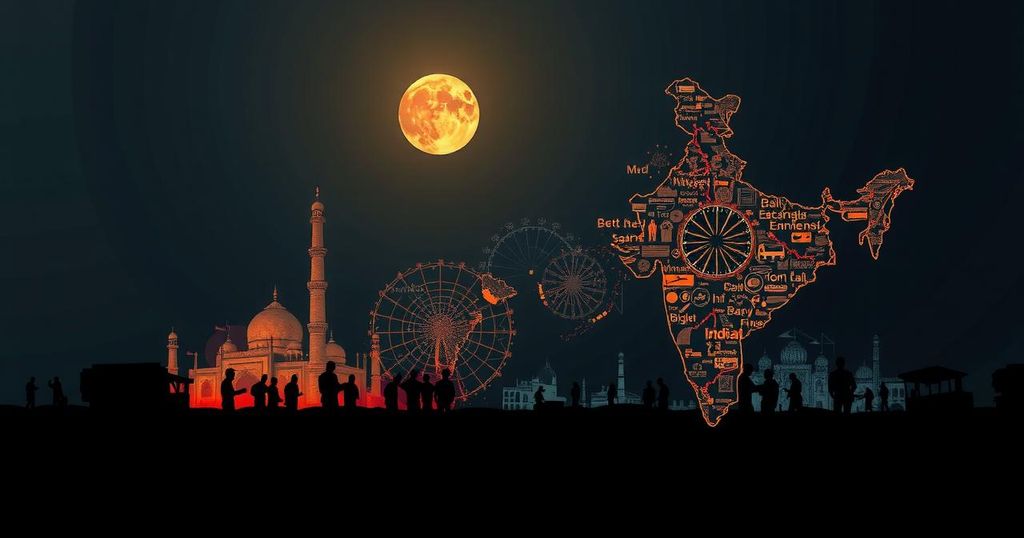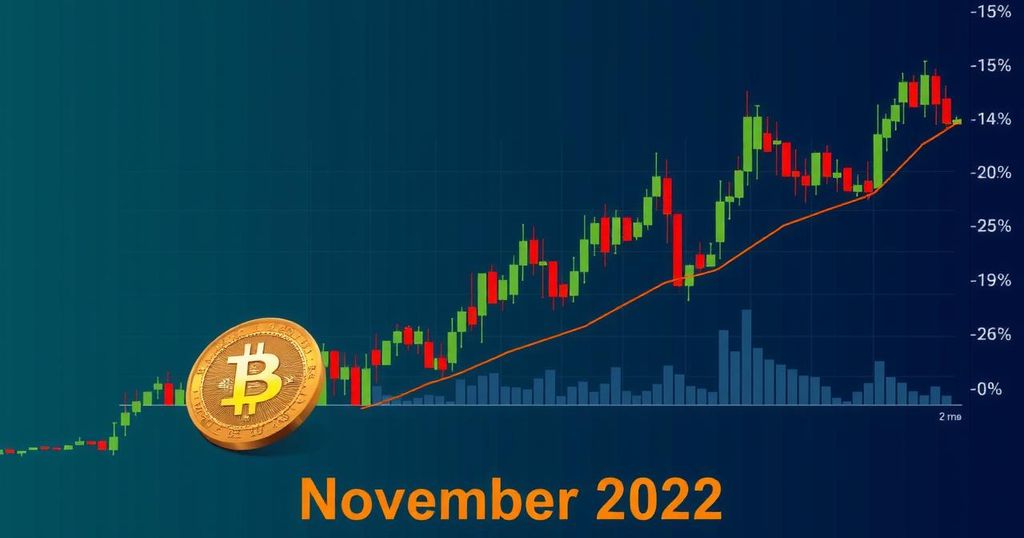The Impact of Turmoil in Bangladesh on India-Bangladesh Trade Relations
Bangladesh has undergone significant economic transformation, elevating from a low-income to a lower-middle-income country by 2015. This evolution is accompanied by a marked reduction in extreme poverty, with the World Bank noting a drop from approximately 12 percent in 2010 to 5 percent in 2022. The country’s Human Development Index (HDI) has also shown remarkable improvement, from 0.56 in 2010 to 0.67 in 2022, according to the United Nations Development Programme (UNDP).
The economic growth in Bangladesh has driven a substantial increase in international trade, with merchandise exports soaring from USD 15 billion in 2009 to USD 56 billion in 2023. Conversely, imports rose more steeply, from USD 22 billion in 2009 to over USD 88 billion in 2022, although they declined to USD 67 billion in 2023. This rise in trade was predominantly fueled by the increasing demand for imports and strong bilateral trade with India, especially in the textile and clothing sector.
Between 2009 and 2023, the value of India-Bangladesh trade expanded impressively. India’s total merchandise trade with the world grew 2.5 times, whereas bilateral trade with Bangladesh surged 5.5 times, from USD 2.4 billion to USD 13.1 billion. Notably, the share of Bangladesh in India’s merchandise exports increased from 1.2 percent in 2009 to 2.6 percent in 2023, surpassing that of various major economies, including Japan and Germany.
However, India’s exports to Bangladesh peaked at USD 14 billion in 2021, subsequently declining to USD 13.8 billion in 2022 and further to USD 11.3 billion in 2023. This drop can be attributed to decreased import demand in Bangladesh, influenced by high inflation, supply chain disruptions from the Russia-Ukraine conflict, and ongoing economic challenges in the post-COVID-19 landscape. The prevailing socio-political unrest in Bangladesh could further deteriorate its economic environment and limit demand for Indian imports.
The Indian export portfolio to Bangladesh is diverse, including products such as cotton, fuel, vegetables, coffee, tea, automobiles, machinery, and metal goods. In contrast, imports from Bangladesh are concentrated predominantly in textiles, which accounted for over 59 percent of Indian imports in 2023, alongside fish and leather products. A decline in demand for these imports could considerably affect Indian enterprises, especially in the textile sector, where around 24 percent of exports to Bangladesh are labor-intensive.
The adverse economic conditions in Bangladesh may reduce cotton demand, impacting Indian cotton producers, as Bangladesh is the largest importer of Indian cotton, constituting 35 percent of India’s total cotton exports. Nonetheless, this decline could potentially lead to lower cotton prices in India, thereby enhancing the cost competitiveness of the Indian garment sector. Moreover, disruptions in the Bangladeshi market might create opportunities for Indian garments in the global market, though India’s capacity to fill this gap remains limited.
India also exports a variety of agricultural products to Bangladesh, with edible vegetables being significant, making up over 20 percent of India’s global exports in this sector. The current unrest is expected to affect agricultural demand, impacting farmers engaged in these exports. Other areas such as tea, coffee, and energy are similarly poised to experience negative effects, given that Bangladesh accounts for 2.6 percent of India’s fuel exports.
In summary, while Bangladesh has emerged as a key market for India, the ongoing socio-political turmoil poses substantial risks to bilateral trade and economic collaboration. Despite potential advantages in the global clothing market, Indian exporters may find it challenging to replace Bangladeshi supplies effectively due to their limited capacity. Thus, it is imperative for both nations to navigate these challenges prudently to sustain their trade relationships and foster economic growth.








Post Comment